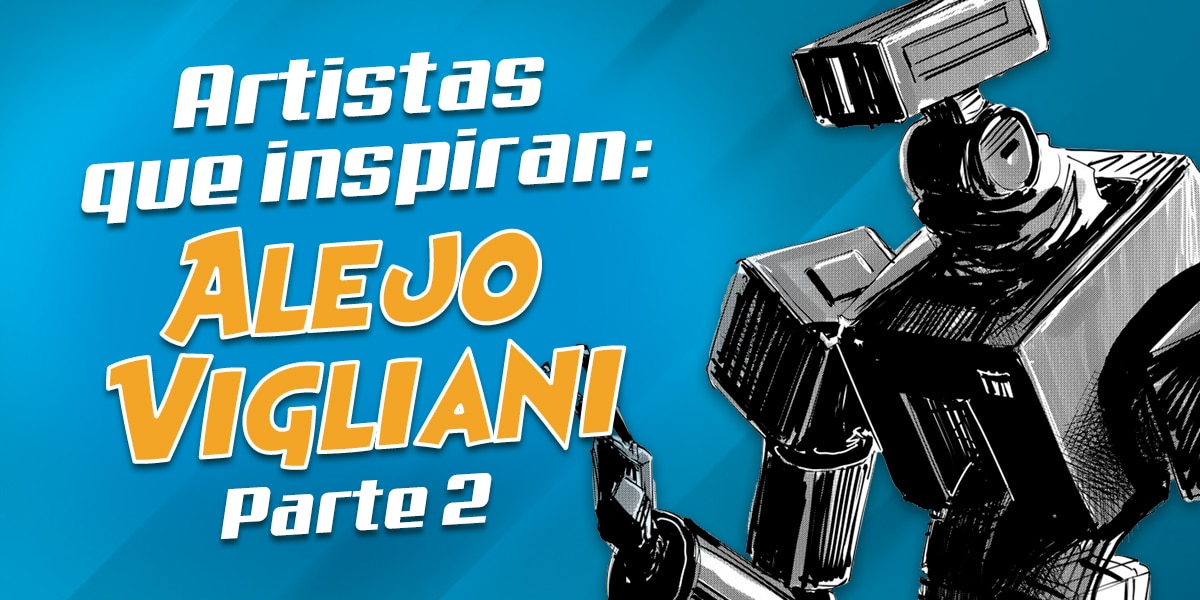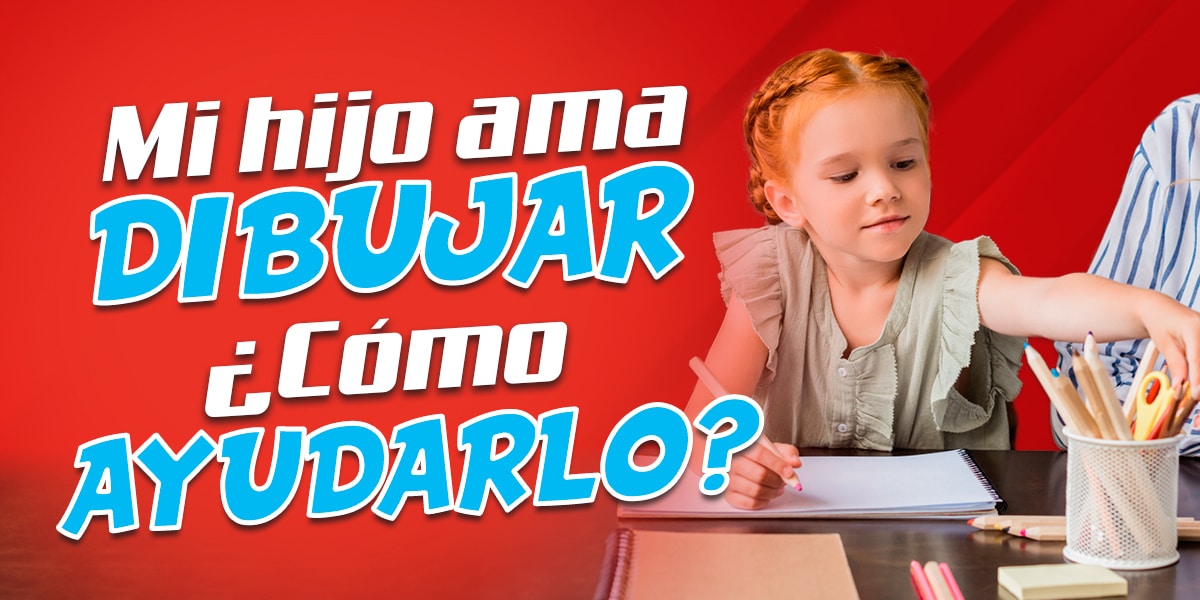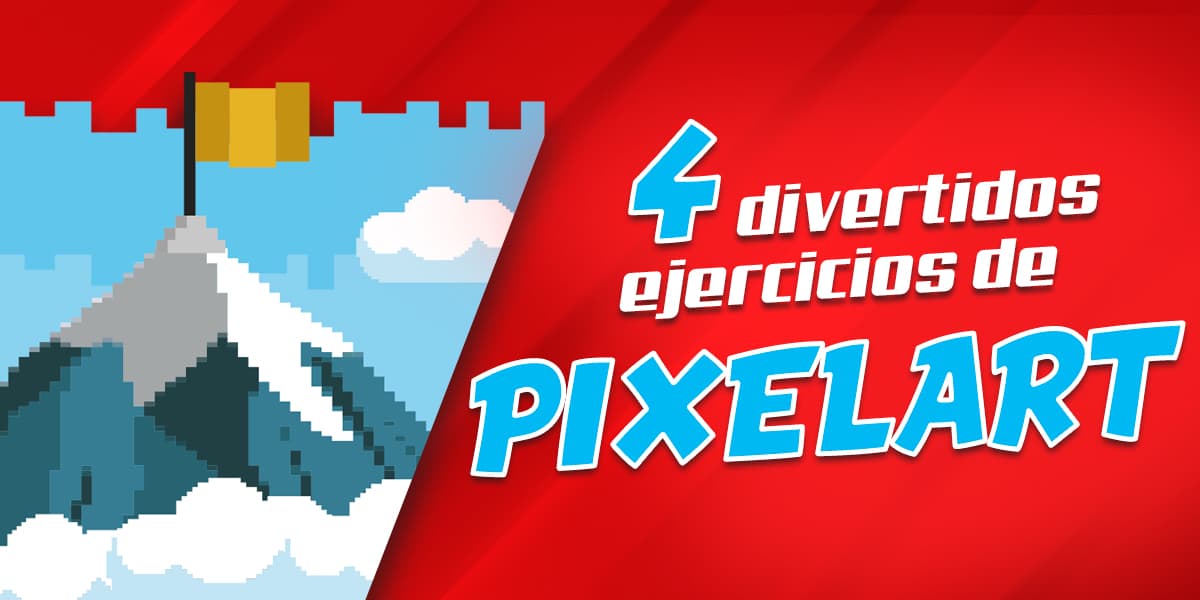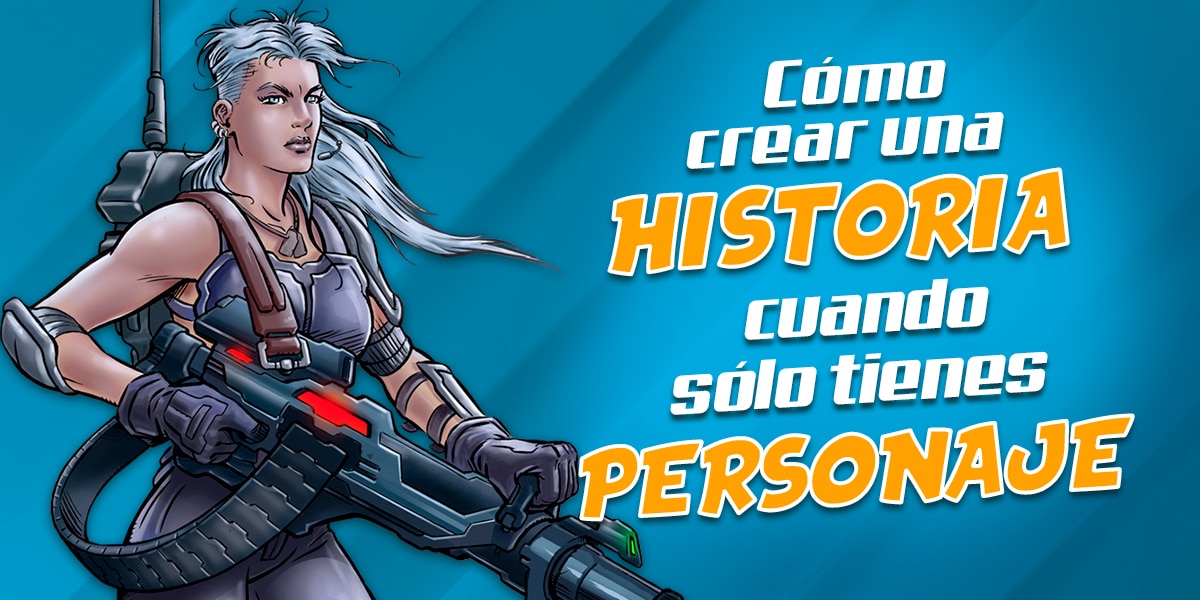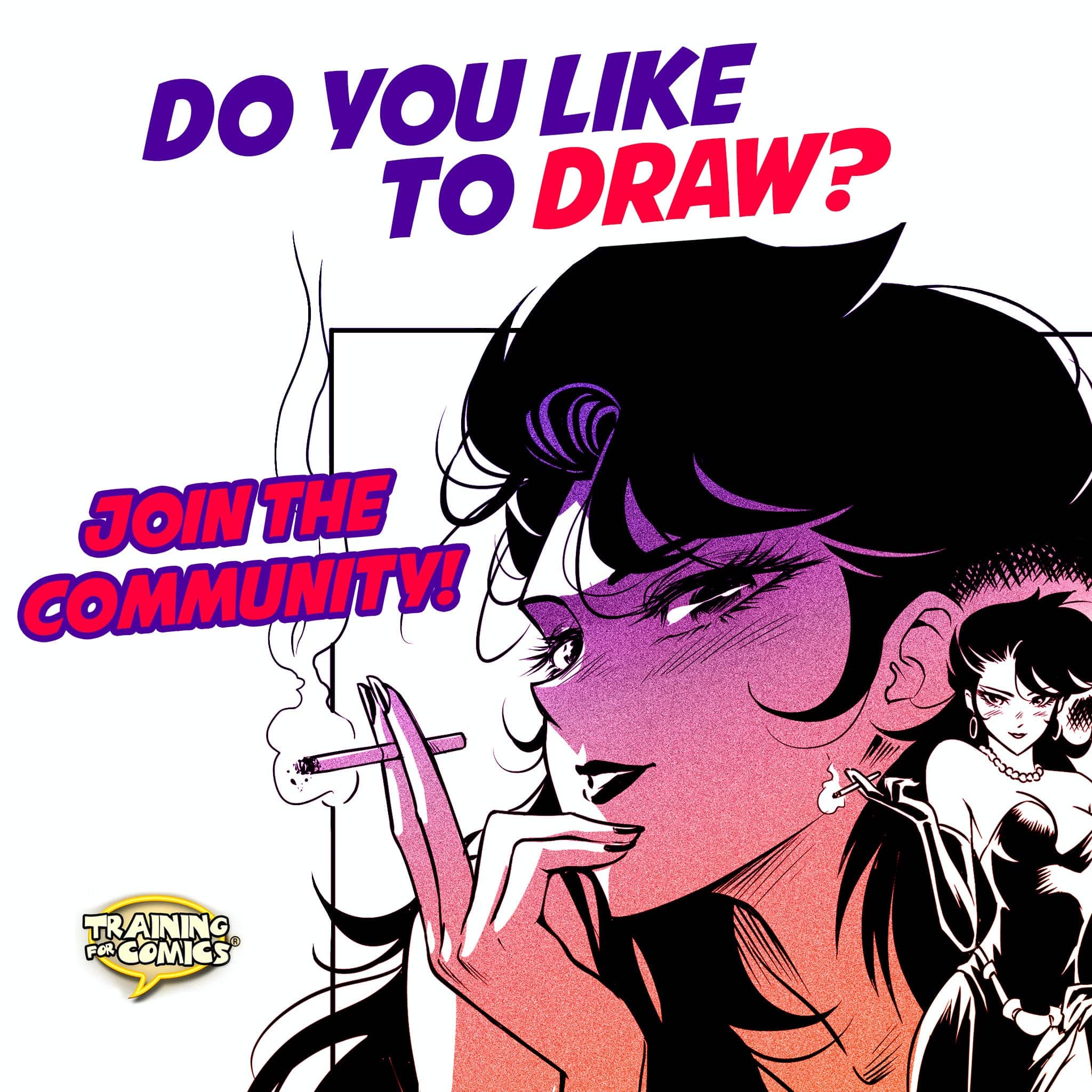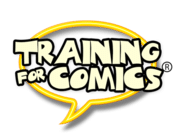Artistas influyentes: ALEJO VIGLIANI, segunda parte
¿Alguna vez te has preguntado cómo piensan y trabajan los grandes artistas del mundo de la ilustración? En esta segunda parte de nuestra entrevista exclusiva con Alejo Vigliani, talentoso dibujante argentino, nos sumergiremos en los secretos y técnicas que han llevado su arte a conquistar el mundo. Prepárate para descubrir consejos invaluables, reflexiones profundas y perspectivas únicas que te inspirarán a llevar tu propio arte al siguiente nivel.
Desde la importancia del modelo vivo hasta los requisitos esenciales para convertirse en un dibujante excepcional, Vigliani nos abre las puertas de su mente creativa. ¿Estás listo para embarcarte en este viaje fascinante a través del proceso creativo de uno de los artistas más prometedores de nuestra era? ¡Sigue leyendo y déjate sorprender!
Precisión vs. Síntesis: El equilibrio perfecto en la ilustración
Cuando se trata de crear ilustraciones impactantes, muchos artistas se debaten entre la búsqueda de la precisión anatómica y la libertad creativa. Alejo Vigliani nos comparte su perspectiva única sobre este dilema:
“Creo que es por etapas. Hubo momentos en mi dibujo en los que yo buscaba cierta precisión, sobre todo anatómica. Luego, fui encontrando que esa obsesión en la precisión de la figura y objetos me llevaba a un punto de nunca terminar.”
Esta reflexión nos invita a considerar cómo nuestro enfoque en el dibujo puede evolucionar con el tiempo. Vigliani continúa:
“Últimamente, estoy encontrando que en la síntesis de ciertas figuras puedo comunicar más. Incluso, con una sensación más verosímil, sin necesidad de que se parezca a la naturaleza.”
Esta idea de síntesis es fascinante, ya que nos desafía a pensar más allá de la mera reproducción de la realidad. ¿Quieres explorar nuevas formas de sintetizar tus dibujos? Descubre técnicas innovadoras aquí. La clave, según Vigliani, está en encontrar un equilibrio:
“Es importante que haya cierta precisión, teniendo la posibilidad de interpretar lo que se está viendo y darle una impronta. Que algo pueda ser reconocible como un objeto o cuerpo humano, pero que funcione con un valor estético interesante.”
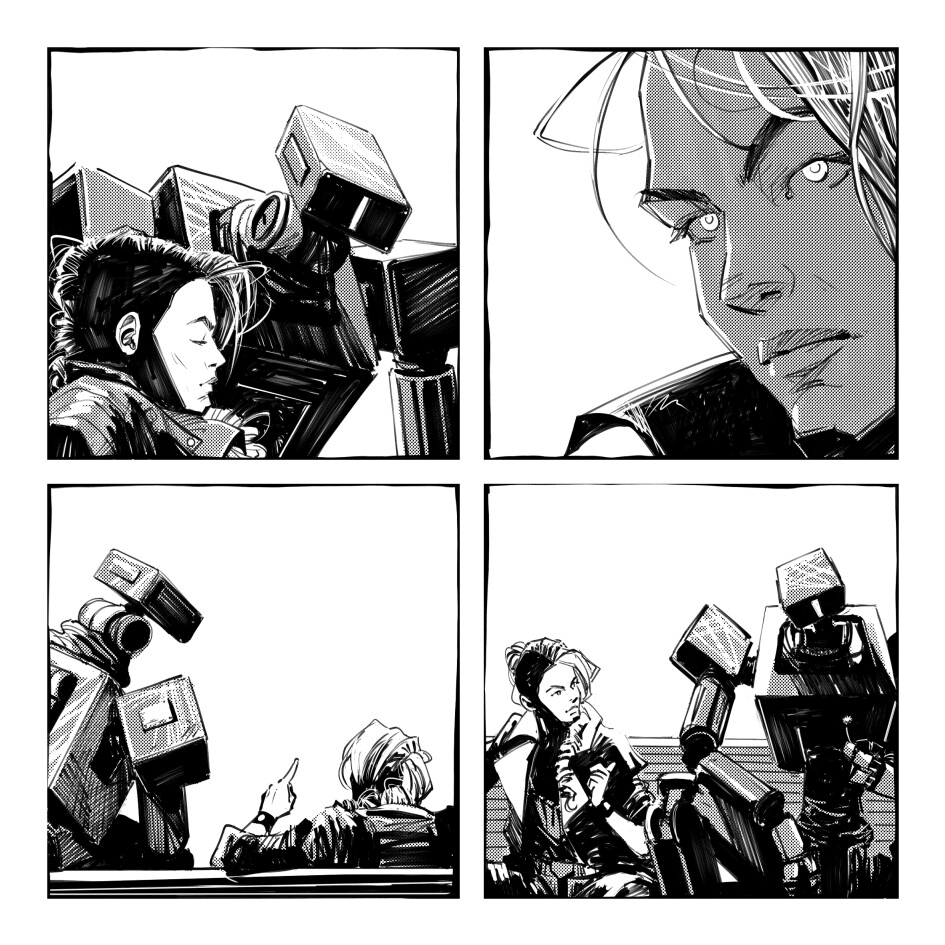
La figura humana: El desafío eterno del artista
Dominar la representación de la figura humana es una aspiración común entre los artistas. Vigliani ofrece consejos valiosos para aquellos que buscan perfeccionar esta habilidad:
“Primero, hacer un paso por el naturalismo, pero sin quedarse en lo superficial. En los libros que generalmente nos llegan, como los de Andrew Loomis (que están excelentes), hay una información limitada de lo que es el cuerpo humano y cómo funciona.”
Esta observación nos recuerda la importancia de ir más allá de los recursos básicos y buscar un conocimiento más profundo. Vigliani enfatiza:
“Es mucho más rico para uno, como artista, ahondar lo más profundo que se pueda, siempre desde nuestra perspectiva como dibujantes.”
Este enfoque nos invita a considerar el cuerpo humano no solo como una serie de formas, sino como un sistema complejo y fascinante. Haz clic aquí para descubrir recursos avanzados sobre anatomía artística que te ayudarán a llevar tus ilustraciones de figura humana al siguiente nivel.
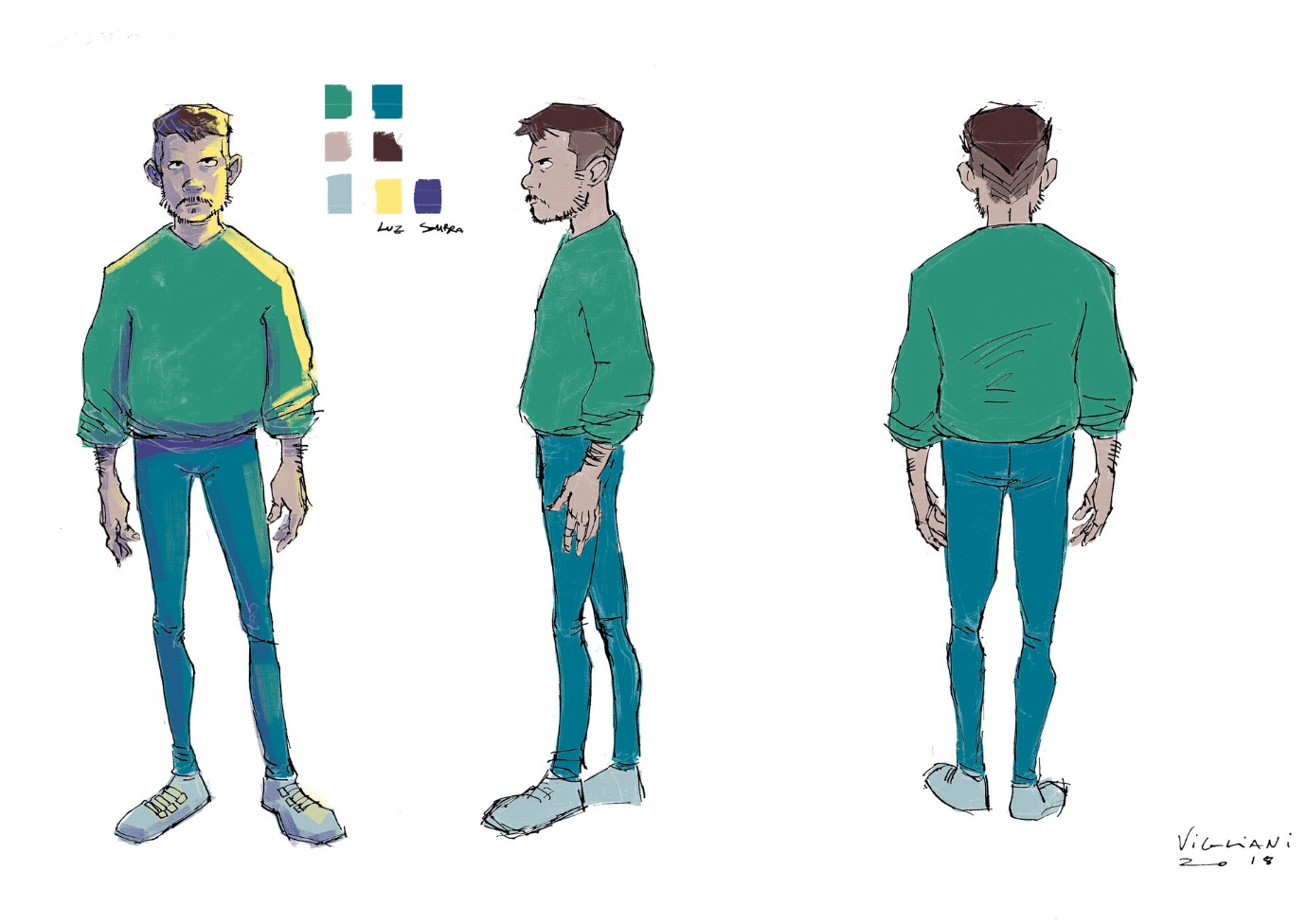
La anatomía: El pilar fundamental del dibujo de figura
Vigliani profundiza en la importancia de comprender la anatomía para crear dibujos convincentes:
“Conociendo los movimientos del cuerpo, cómo están las disposiciones de los huesos, y cómo los músculos siguen las formas de ese movimiento. Veo así cómo se estilan y se relajan, por lo tanto, puedo tener un dibujo más convincente.”
Este conocimiento anatómico no solo mejora la precisión, sino que también permite una mayor libertad creativa:
“De esta forma, lo voy a poder sintetizar mejor, ya sea buscando mi propio estilo o tratando de encontrar uno nuevo. Dicho de otro modo, alguna forma más interesante para presentarlo al espectador.”
Vigliani nos recuerda que el objetivo no es necesariamente el hiperrealismo en cada cuadro, sino la capacidad de comunicar de manera efectiva a través de nuestro arte. ¿Listo para perfeccionar tu comprensión anatómica? Explora nuestros recursos especializados aquí.
El modelo vivo: Una herramienta insustituible
Cuando se le pregunta sobre la importancia de trabajar con modelo vivo, Vigliani es enfático:
“Sí, es lo más importante, con cualquier objeto que uno pueda disponer en su espacio. Es mejor estudiarlo de esta manera porque tenemos una percepción más directa de nuestros sentidos.”
El artista explica las limitaciones de trabajar solo con fotografías:
“Podemos hacer estudios de una foto o de un video, pero son solo interpretaciones de la naturaleza vistas a través del lente de una cámara. Ahí tenemos limitaciones de percepción, en cambio, si tienes a una modelo posando a distancia, podrás recorrer el entorno, moverte y ver distintas perspectivas de la misma.”
Esta experiencia tridimensional ofrece una riqueza de información que ninguna imagen plana puede proporcionar. Vigliani advierte sobre los peligros de confiar demasiado en las fotografías:
“A veces, debido a las cuestiones de los lentes de la cámara, hay una profundidad de campo diferente de la que percibimos. Por ejemplo, vemos un pie supergigante, pero en la realidad no se ve así.”
Para aquellos que no tienen acceso regular a modelos vivos, Vigliani sugiere alternativas creativas:
“Es importante no quedarse solo con la foto, hay que imaginarse que tenemos la figura enfrente, o si se tiene un espejo, hacer una pose similar y ver qué sucede.”

Cyberpunk y ciencia ficción: Fuentes de inspiración inagotables
Al abordar su aparente fascinación por el cyberpunk, Vigliani sonríe y aclara:
“No sé si obsesión, pero es una estética que encuentro fascinante. Me gusta la ciencia ficción y la fantasía. Cuando vi Blade Runner, me encantó esa idea del transhumanismo y de los cyborg.”
Esta atracción por los mundos futuristas y las posibilidades tecnológicas se refleja en muchas de sus obras. Vigliani añade:
“Lógicamente, es también por videojuegos o series, ya que me encanta dibujar eso.”
La influencia de la ciencia ficción en el arte de Vigliani nos recuerda la importancia de explorar diversos géneros y medios para enriquecer nuestra paleta creativa. ¿Quieres adentrarte en el fascinante mundo del arte de ciencia ficción? Ingresa aquí para descubrir técnicas especializadas.
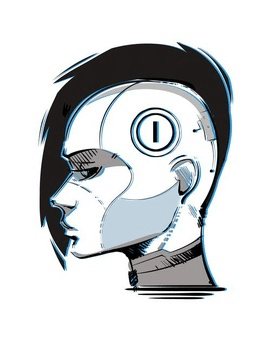
Maestros del arte: Las influencias que moldean a un artista
Cuando se le pregunta por sus artistas de referencia, Vigliani menciona una variedad de nombres influyentes:
“Alberto Breccia me parece un artista genial. Fue el primero con el cual me quedé muy sorprendido con la calidad visual y la sensibilidad que transmiten sus dibujos.”
La admiración de Vigliani por Breccia nos recuerda la importancia de estudiar a los maestros del pasado. Continúa mencionando otros artistas:
“Otro que me gusta mucho es Zaffino, hijo y padre. Del ámbito internacional, el italiano Sergio Toppi me enloquece, y Karl Kopinski también, porque tiene una forma particular de transmitir esto del naturalismo.”
Sobre Kopinski, Vigliani elabora:
“Él es naturalista, pero al mismo tiempo no, tiene una síntesis y una combinación muy fascinante. Notas la complejidad del conocimiento anatómico, pero captas esa simpleza. La calidad del trazo y la agilidad que tiene al dibujar me sorprende mucho.”
Esta apreciación de diversos estilos y técnicas nos muestra cómo un artista puede nutrirse de múltiples influencias para desarrollar su propio estilo único. ¿Ansioso por explorar diferentes estilos artísticos? Descubre nuestra galería de inspiración aquí.
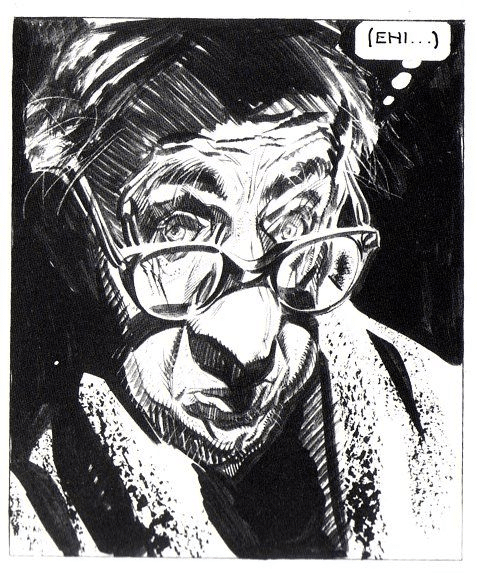
El poder narrativo de las historietas
Al hablar sobre las historietas que lo han impactado, Vigliani menciona una obra icónica argentina:
“A mí, El Eternauta me impactó mucho. La leí de muy niño, y no sabía que existía eso de Argentina. Era una historia muy compleja e interesante, me parece muy subestimada por mucha gente que entra a la historieta ahora.”
Esta mención de “El Eternauta” nos recuerda el poder de las historietas para contar historias complejas y abordar temas profundos. La apreciación de Vigliani por esta obra clásica subraya la importancia de explorar el rico patrimonio de la narrativa gráfica de diferentes culturas y épocas.
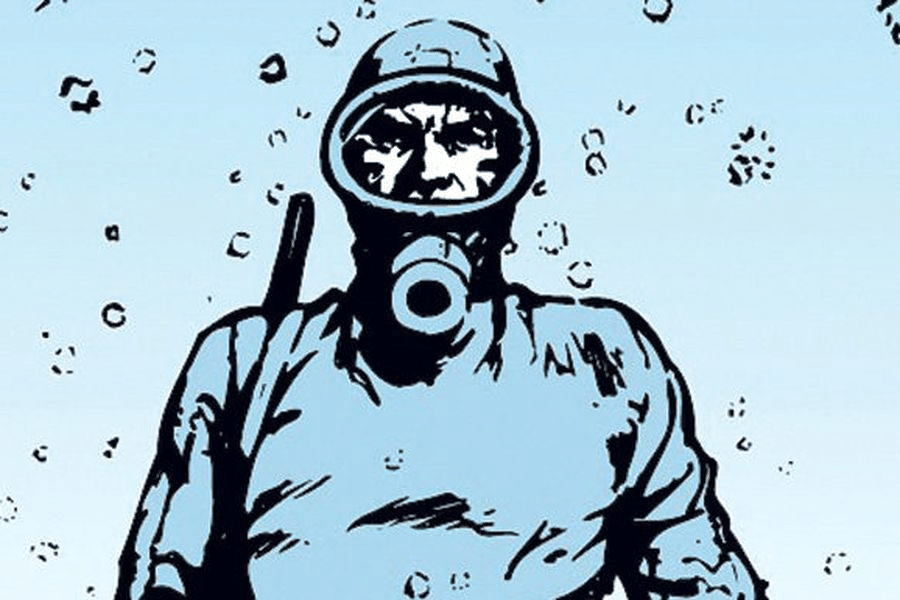
Los pilares del éxito en el dibujo
Cuando se le pregunta sobre los elementos indispensables para ser un buen dibujante, Vigliani ofrece una respuesta contundente:
“¡Lo fundamental es estudiar lo que vos quieras dibujar! No solo cómo se ve, sino cómo funciona, para qué sirve, esto complementa mucho el dibujo.”
Esta perspectiva holística nos recuerda que el dibujo va más allá de la mera representación visual. Vigliani profundiza:
“Sería ideal estudiar desde los cimientos del dibujo. Si tú deseas aprender a crear espacios tridimensionales convincentes, tienes que estudiar todo lo relacionado a eso, ya sea perspectivas de distintos tipos, cómo controlas los valores, pero, sobre todo, entenderlos.”
El artista hace hincapié en la importancia de la comprensión profunda:
“Si simplemente replicas lo que ves, te quedarás a mitad de camino. Todo lo que quieras dibujar, siempre estúdialo a fondo, con todos sus elementos, desde los de dibujo hasta las cosas que quieres representar.”
Vigliani también resalta la importancia del contexto histórico:
“De gran importancia es investigar la historia del arte. Es una herramienta muy buena para hacer cosas nuevas y redescubrir otras que quizás estábamos ignorando. Un ejemplo claro, practicar técnicas de maestros antiguos y entender los sucesos históricos.”
Este enfoque integral nos recuerda que el arte no existe en el vacío, sino que está profundamente conectado con la historia, la cultura y el conocimiento. ¿Listo para sumergirte en un estudio profundo del arte? Explora nuestros recursos comprehensivos aquí.
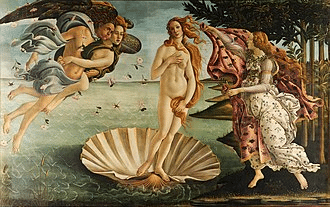
Conclusión: El viaje continuo del artista
A lo largo de esta entrevista, Alejo Vigliani nos ha ofrecido una visión profunda y multifacética del arte de la ilustración. Desde la importancia del conocimiento anatómico hasta la necesidad de equilibrar precisión y síntesis, sus insights son invaluables para cualquier artista en desarrollo.
Vigliani nos recuerda que el camino del artista es un viaje continuo de aprendizaje y descubrimiento. Ya sea trabajando con modelos vivos, explorando nuevos géneros como el cyberpunk, o estudiando a los maestros del pasado, siempre hay oportunidades para crecer y evolucionar como artista.
Sus reflexiones sobre la importancia de entender profundamente lo que dibujamos, más allá de la mera apariencia, nos desafían a abordar nuestro arte con una mentalidad curiosa y analítica. Al mismo tiempo, su énfasis en la síntesis y la expresión personalnos recuerda que el objetivo final del arte es comunicar y emocionar.
La entrevista con Vigliani nos deja con valiosas lecciones y mucho en qué reflexionar. Nos invita a cuestionar nuestros métodos, a explorar nuevas técnicas y, sobre todo, a nunca dejar de aprender y evolucionar en nuestro oficio. ¿Estás listo para llevar tu arte al siguiente nivel? Descubre cómo puedes potenciar tus habilidades aquí.
Agradecemos a Alejo Vigliani por compartir su experiencia y sabiduría con nosotros. Sus palabras seguramente inspirarán a muchos artistas a perseguir su pasión con renovado entusiasmo y dedicación.
Te invitamos a explorar más sobre la obra de Vigliani en sus redes sociales (Instagram: @alecvigliani) y en su portafolio en ArtStation (www.artstation.com/vigliani). Su trabajo es un testimonio vivo de los principios y técnicas que ha compartido con nosotros.
Recuerda, el camino del artista es largo y lleno de desafíos, pero también de innumerables recompensas. Cada trazo, cada boceto, cada obra terminada es un paso más en tu viaje creativo. Así que toma tus lápices, agarra tu tableta digital, o cualquier herramienta que prefieras, y comienza a crear. El mundo está esperando ver lo que puedes hacer.
¿Qué aspectos de la entrevista con Alejo Vigliani te han inspirado más? ¿Qué técnicas o consejos planeas incorporar en tu propia práctica artística? Comparte tus pensamientos y experiencias en los comentarios abajo. Y no olvides estar atento a nuestras próximas entrevistas con otros artistas influyentes del mundo de la ilustración y el cómic.
Hasta la próxima, ¡y que la inspiración te acompañe en cada trazo!

